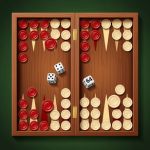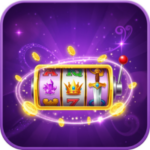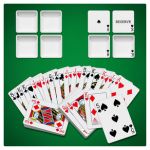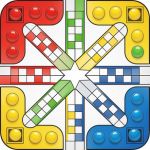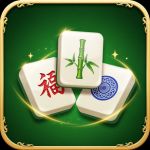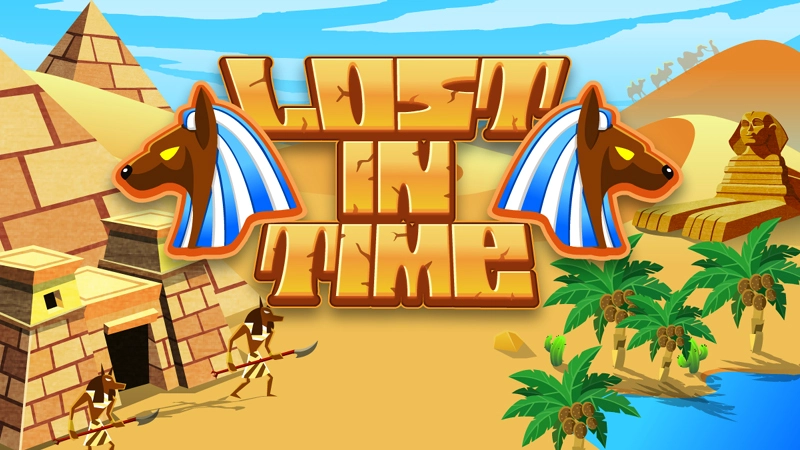Lost in Time

GAME INFO
Lost in Time is an immersive adventure game that transports players through various historical eras and fantastical realms, blending elements of puzzle-solving, exploration, and storytelling. With its captivating narrative, stunning visuals, and engaging gameplay mechanics, Lost in Time invites players to embark on a thrilling journey where they must navigate through time, solve intricate puzzles, and uncover the mysteries of the past and future. This game is designed for players who enjoy rich narratives and challenging gameplay, making it a perfect choice for both casual gamers and seasoned adventurers.
Game Premise
The premise of Lost in Time revolves around a mysterious artifact known as the Chrono Crystal, which has the power to manipulate time. Players assume the role of a young historian named Alex, who stumbles upon the Chrono Crystal while researching ancient civilizations. Upon activating the crystal, Alex is unexpectedly transported through different time periods, from the age of dinosaurs to the Renaissance, and even into a futuristic world. Each era presents unique challenges, characters, and environments that players must navigate to find their way back home.
As players progress through the game, they will uncover the history of the Chrono Crystal and its connection to a shadowy organization known as the Timekeepers, who seek to control time for their own nefarious purposes. To thwart their plans and return to the present, Alex must gather clues, solve puzzles, and forge alliances with historical figures along the way.
Game Setup
At the start of Lost in Time, players are introduced to Alex and the initial setting—a quaint library filled with ancient texts and artifacts. The game features a beautifully designed interface that immerses players in the world of time travel. Players can explore various locations, interact with objects, and engage with characters who provide hints and information about the time periods they visit.
The game is structured into chapters, each representing a different time period. Players can access a Time Map that allows them to choose which era to explore next, providing a sense of freedom and exploration. Each chapter is filled with unique environments, from lush prehistoric landscapes to bustling medieval towns, and futuristic cities filled with advanced technology.
Core Gameplay Mechanics
Exploration
Exploration is a key component of Lost in Time. Players can navigate through richly detailed environments, discovering hidden areas, collecting items, and interacting with various characters. The game encourages players to thoroughly explore each location, as many puzzles and clues are hidden within the environment.
- Interactive Objects: Players can interact with objects in the environment, such as books, tools, and artifacts, which may provide valuable information or be essential for solving puzzles.
- Character Interactions: Engaging with historical figures and other characters is crucial for gathering information and progressing through the story. Players can ask questions, receive quests, and learn about the time period they are in.
Puzzle-Solving
Puzzle-solving is at the heart of Lost in Time. Each chapter features a variety of puzzles that players must complete to advance the story. These puzzles range from logic and pattern recognition to inventory-based challenges.
- Environmental Puzzles: Players may need to manipulate the environment to solve puzzles, such as moving objects to create pathways or activating mechanisms to unlock doors.
- Logic Puzzles: Some puzzles require players to use critical thinking and deduction skills, such as deciphering codes or arranging items in a specific order.
- Inventory Management: Players collect items throughout their journey, which can be combined or used in specific locations to solve puzzles. Managing the inventory effectively is essential for progressing through the game.
Time Manipulation
One of the unique features of Lost in Time is the ability to manipulate time using the Chrono Crystal. Players can use this mechanic to solve puzzles and navigate challenges in innovative ways.
- Time Rewind: Players can rewind time to undo mistakes or observe how events unfold, allowing them to gather information and strategize their next move.
- Time Freeze: In certain situations, players can freeze time to bypass obstacles or avoid dangers, adding an exciting layer of strategy to gameplay.
- Temporal Shifts: Some puzzles require players to shift between different time periods, affecting the environment and available resources. For example, a bridge may be intact in the past but collapsed in the present, requiring players to think creatively about how to cross.
Visual Design
Aesthetic Elements
Lost in Time features stunning visuals that bring each time period to life. The art style is vibrant and detailed, with beautifully rendered environments that reflect the unique characteristics of each era. From the lush greenery of prehistoric landscapes to the intricate architecture of ancient civilizations, players are treated to a feast for the eyes as they explore.
User Interface
The user interface is designed for ease of use, with intuitive controls that allow players to navigate the game effortlessly. Clear indicators show available actions, inventory items, and objectives, ensuring that players can focus on solving puzzles and exploring without unnecessary distractions.
Audio Design
Sound Elements
The audio design complements the visual experience, featuring an immersive soundtrack that enhances the atmosphere of each time period. Each era has its own unique musical theme, ranging from orchestral scores to ambient sounds that reflect the environment. Sound effects, such as the rustling of leaves, the clinking of tools, and the chatter of characters, create an engaging and immersive experience.
Special Features
Character Development
As players progress through the game, they will encounter various historical figures who can become allies or mentors. Building relationships with these characters can unlock special abilities, provide valuable insights, and enhance the overall narrative experience.
Achievements and Rewards
Lost in Time includes a system of achievements and rewards for completing specific objectives, such as solving puzzles, discovering hidden items, or interacting with characters. These rewards can unlock new abilities, bonus content, or additional story elements, encouraging players to explore every aspect of the game.
Community Features
Social Integration
Lost in Time encourages community interaction through various social features:
- Friend Challenges: Players can challenge friends to complete specific chapters or puzzles, fostering friendly competition and engagement.
- Leaderboards: The game includes global leaderboards, allowing players to track their rankings and compare scores with others.
Customization Options
Visual Preferences
Players can customize their gameplay experience by selecting different themes, character skins, and visual effects. This personalization allows players to create a unique gaming environment that reflects their style and preferences.
Special Events
Time-Limited Challenges
The game features special events that keep players engaged:
- Seasonal Events: Players can participate in seasonal challenges that offer unique rewards and limited-time puzzles, encouraging them to return to the game regularly.
- Community Events: Collaborative challenges where players work together to achieve a common goal, unlocking rewards for all participants.
Tutorial System
Learning Tools
Lost in Time includes a comprehensive tutorial system for new players:
- Basic Mechanics: New players are guided through the basic mechanics of the game, ensuring a smooth learning curve.
- Advanced Strategies: Players can access tips and strategies for advanced gameplay, helping them improve their skills and tackle more challenging puzzles.
Statistics Tracking
Performance Metrics
Players can track their performance through detailed statistics, including completed chapters, time taken, and accuracy. This tracking helps players understand their gameplay patterns and improve their strategies over time.
Conclusion
Lost in Time is a captivating adventure game that combines exploration, puzzle-solving, and a rich narrative, making it a perfect choice for players of all ages. Its engaging gameplay, stunning visuals, and immersive audio design create an enjoyable experience that keeps players coming back for more. Whether played casually or as part of a competitive challenge, Lost in Time offers endless entertainment and opportunities for skill development. The game's regular updates, special events, and community features ensure that players remain engaged and connected, making it a timeless classic in the world of adventure games. Through its rich gameplay, beautiful design, and engaging mechanics, Lost in Time invites players to enjoy a fun and interactive experience that celebrates the joy of exploration and the mysteries of time.

